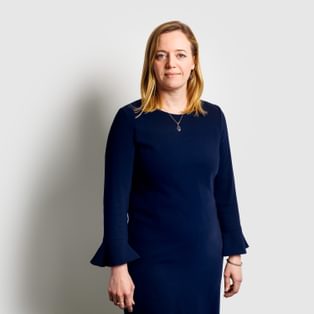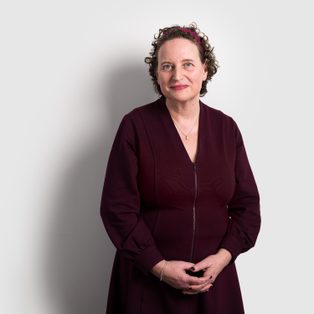Following our Insight on 29 October, the Government has now launched a consultation on its proposal to introduce temporary relief from CIL in London. The consultation runs until 22 January 2026.
It is proposed that relief will be limited to large-scale developments with borough-level local CIL liabilities (i.e. excluding liabilities related to London Mayoral CIL) that would otherwise exceed £500,000. Developers will need to satisfy the Council that the development is not viable unless relief is granted. To this end, they will be required to provide a summary appraisal of a residual valuation of the scheme compared to the Benchmark Land Value (BLV) ), with a statutory declaration that the information on which the valuation is based is a true and fair assessment of the development’s viability. As previously advised, it is proposed that relief will be available only for development that has not already commenced. However where planning permission is phased, each phase of the development would be treated as a separate chargeable development for the purposes of claiming relief.
View the Consultation Paper here.
The Greater London Authority is consulting separately on the removal of certain elements of its guidance that can constrain density and the introduction of a temporary planning scheme which would allow developers to obtain planning permission without a viability assessment on private land where certain conditions are met”.
The Government and the Mayor of London last week announced that they will be consulting on a raft of temporary emergency measures aimed at kick-starting housing delivery in the Capital. The need for support is acute. As noted in their joint statement, “more than a third of London boroughs recorded zero housebuilding starts in the first quarter of this year”.
The measures include temporary relief from the Community Infrastructure Levy (CIL). Residential schemes that deliver 20% affordable housing on brownfield sites and which commence before December 2028 would be eligible for 50% relief from local authority CIL (the Mayoral CIL would be unaffected). A higher rate of relief would apply to schemes that provide more than 20%. The relief would not be available for student and co-living accommodation. We will need to wait for the consultation paper (which is due to be published next month) for the details of what is proposed. We set out below a few initial observations on issues which will need to be addressed.
A key point is whether the relief will apply to schemes for which permission has already been issued, or only to new consents. We assume that it will be the former. The intention, however, seems to be that the relief will not be available for schemes that have commenced before the relief comes into effect. We anticipate that the test to be applied will be the same as is used to assess whether a permission has been implemented (namely, the carrying out of a material operation) as this is when the obligation to pay CIL is generally triggered. If so, developers contemplating a start in the next few weeks may well now pause unless they need to commence to prevent a consent from lapsing. We assume that the Government wishes to avoid local authorities having to provide rebates where development has commenced and CIL has therefore been paid, but the effect of excluding schemes that have already commenced may be to depress starts in the short term until the relief is in place.
The proposal envisages that developers would need to demonstrate that the scheme would otherwise fail to come forward or remain stalled in order to be eligible for the relief. It is not clear at this stage how this will be demonstrated. Currently, the issue of how much affordable housing a scheme can deliver is typically tested through a viability appraisal prepared in accordance with the Mayor’s Supplementary Planning Guidance[1]. However, the Government and the Mayor are also proposing that planning applications for schemes providing at least 20% affordable housing (and therefore potentially available for the relief) can be considered without a viability assessment. Unless the qualifying criteria are clear, the potential for disputes to arise over whether relief applies is obvious. Currently, developers have a right of appeal to the Valuation Office Agency if they disagree with the local authority’s calculation of the amount of CIL payable and whether relief applies. It is likely to need substantial additional resources if it is also going to be tasked with resolving disputes over whether this new relief is available. If it cannot do so quickly, developments will continue to be stalled.
The Government has advised that it will consult on the proposed relief over six weeks from November.
[1] Homes For Londoners -Affordable Housing and Viability Supplementary Planning Guidance 2017













































































